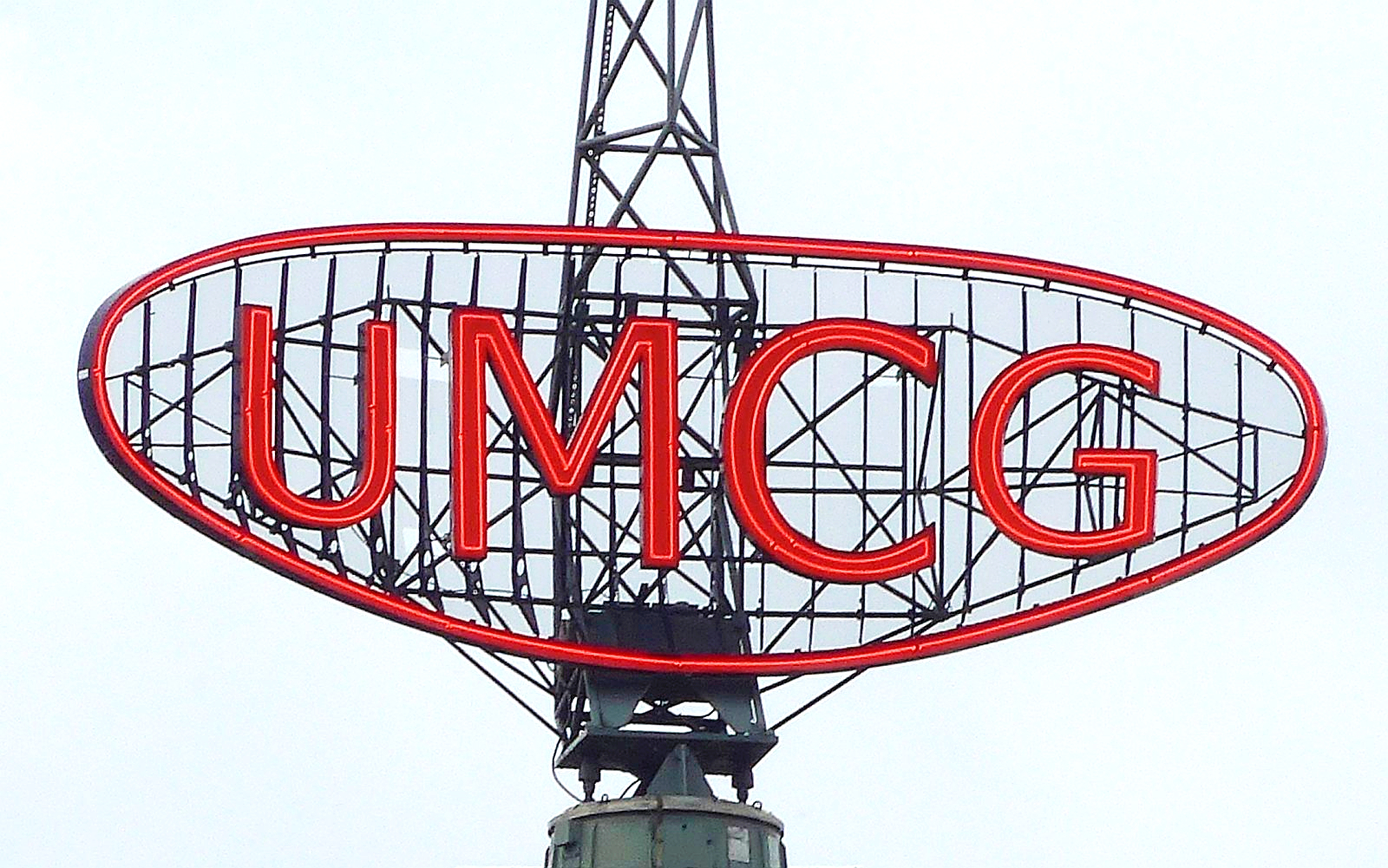The surroundings of Campo San Francisco de Oviedo will be a prohibited address for some 37,000 council vehicles as of January 1, 2023. By that date, the City Council must have already well delimited and up and running – like the rest of Spanish cities of more than 50,000 inhabitants – its low emissions zone, through which the most polluting cars will not be able to travel. They are a third of those that make up the current vehicle fleet of the council, according to the latest figures handled by the General Directorate of Traffic (DGT), which correspond to those who have already reached the age of fifteen.
The area chosen by the Consistory to free it from the bad fumes from the exhaust pipes of the most polluting cars is the Campo area, the green lung of the center of the capital. The deadline given by the national government, which in turn was pressured by Brussels, for these areas to be well delimited and already established is January 1. Against the clock. “All this comes from the agreements of the Paris Summit, by which these municipalities are obliged to establish low emission zones, which will also be financed with European resilience funds (those approved by the European Union to rebuild the community economy after the collapse of the coronavirus) ”, points out Carlos Rodríguez-Noriega, president of the Association of Administrative Managers of Asturias, who are in charge of issuing the environmental badges that vehicles have to wear and that will be the ones that allow them to circulate through these zones.
Oviedo has for some time defined that low-emission zone that will include the streets that embrace the San Francisco park and that engulf the old town. Moreover, the Asturian capital holds the presidency of a network of cities that share these same concerns and have these same obligations. Just a few days ago, the Councilor for Urban Planning, Nacho Cuesta, stated that Oviedo will choose the “friendly path” in order to adapt to these new demands. It will not be done by bravas and will try to put dissuasive parking spaces for vehicles affected by these prohibitions. However, the municipality is waiting for a remittance of possible European aid to promote these measures, since the Government initially refused to finance the projects presented by the capital.
Meanwhile, drivers who do not have them will have to apply for labels that – as is already the case with electrical appliances or homes – will delimit the level of pollution in their cars. There are several levels, according to Rodríguez-Noriega. One is zero emissions or ECO (the blue label), which only hybrids and electric vehicles can have. A club, at the moment, quite exclusive because there are still few owners of this type of car.
The local mobile fleet amounts to 100,328 passenger cars, and 38% has already exceeded a decade and a half
The next step are those who are entitled to a green label. They are those combustion vehicles that strictly comply with the latest environmental requirements in emissions, which correspond to those gasoline cars that were registered after 2006 and diesel cars sold from 2015, according to Rodríguez-Noriega. There is one last label, the yellow one, to which some combustion cars can opt. There is still another group, that of those cars that will not have to carry a label because their polluting emissions are very high and they do not fit into the rest of the categories. They correspond to the oldest.
“Most of the cars, at least those that have to request it now, have the yellow one,” says Rodríguez-Noriega. This is because the new ones already come with factory labels, and they are usually green or blue.
According to the latest data from the General Directorate of Traffic in Oviedo, there are 100,328 passenger cars, 10,889 motorcycles, 7,754 vans and almost 6,000 trucks. However, the accounts managed by the City Council indicate that some 300,000 vehicles circulate through the Asturian capital every day and half of them -about 150,000- do so through the downtown area, which will begin to have restrictions from January 1, 2023.
Returning to the numbers of the DGT, the average age of passenger cars that populate Oviedo is eleven years and one month, very much in line with what happens in the rest of Spanish cities. And 38% have already passed the fortnight, so they will not be able to or will find it very difficult to obtain the environmental labels with which they can circulate freely in the city centre. Oviedo, moreover, is looking in the mirror at Madrid Central, which has a certain advantage in this race and has already advanced all these restrictions.
–


